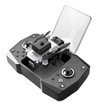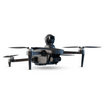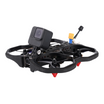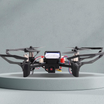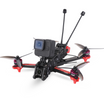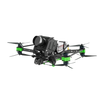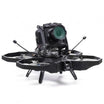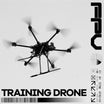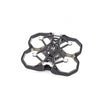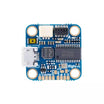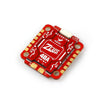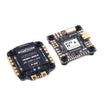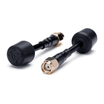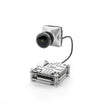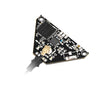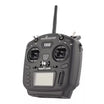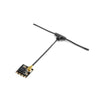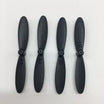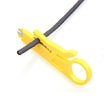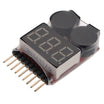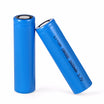5561 BC was probably the first time when a drone named Barbarik (a tricopter) was taking footage of the Mahabharata war and transmitted it to Sanjay for him to narrate the events to Dhritarashtra. 7000 years ahead a tiny drone zipped via precarious gaps breaking the barriers of aerial cinematography with a zip-tied deceased GoPro Hero 4 and a LiPo battery. The ‘whoop drone’ was personally handcrafted by the American drone pilot and video effects specialist Robert Mclntosh. Setting the trend of Cinewhoops, to make pulchritudinous videos was now a cakewalk.
The creative in videography, aerial photography and content creation know no bounds with the aid of cinewhoops specially those weighing less than 250g.
What is a Cinewhoop?
Cinewhoops are typically first person view drones, designed to capture stable, high definition videos that have not been possible to record using traditional DJIs. around 2-3 inches in size their nimple makes manoeuvering at slow and high speeds possible. Propeller ducts are its unique feature that not only protect their propellers but also give the drone an additional lift besides protecting the surrounding.
Its etymology leads up to ‘Tiny whoop’ drones and the concept can be traced back to the popular ‘Muscle up’ award winning film at the New York City drone film festival back in 2017.
No sooner after that everyone started filleting these five inch quads, flying through a set of video goggles with a radio transmitter. Like a bumble bee it can fly almost everywhere from narrow blocks to dense canopy and is considered the safest option while flying amongst people. It has full size components like a cross fire and a unified pro that allow you to get full range and full performance.
Cinewhoop vs Stabilized Drone
Stabilised drones are fabricated to be autonomous, meaning they can continue to hover at unaltered altitude without manual intervention. They are facilitated with GPS, high resolution gimbal cameras and the mobile station can be connected for viewing the live feed from the camera. They can provide standard shots but cannot be flown indoors or near people or delicate, fragile surroundings. Further disadvantage is the unavailability of makeshift drone components although insideFPV is aiming to repair drones with indigenous modules. Worst of all they are not designed to be repaired by the user. Whereas, cine whoops offer freedom in both aerial shots as well as repairing mechanism. With Cine Whoops you can chase birds, dive down a cliff, scale a building or even fly close to humans. The latter can be easily estimated after you watch Onnanocos, the Japanese band which actually became an inspiration for many drone enthusiasts.
Cinewhoops are often called acrobatic drones for jaw dropping performances like the Bowling Alley Video where the pilot Jay Christensen of the Minnesota based Rally Studios shows unimaginable possibilities when Cinewhoops comes into the equation of creativity.
Considered amongst the best options for beginners as well as photographers its full potential is yet to be realised and its market’s horizon to be dilated. We have to go a long way with Cinewhoops, what’s your prediction? Will it become our tradition to fly ‘em in Makar Sankranti ?
For more such informative content visit : https://insidefpv.com/blog/
Follow us on Linkedin for latest updates : https://in.linkedin.com/company/inside-fpv

